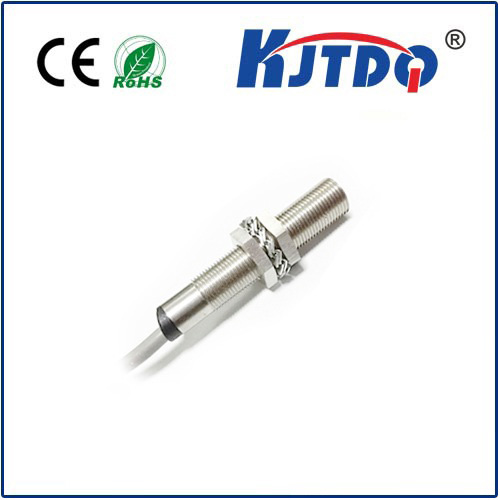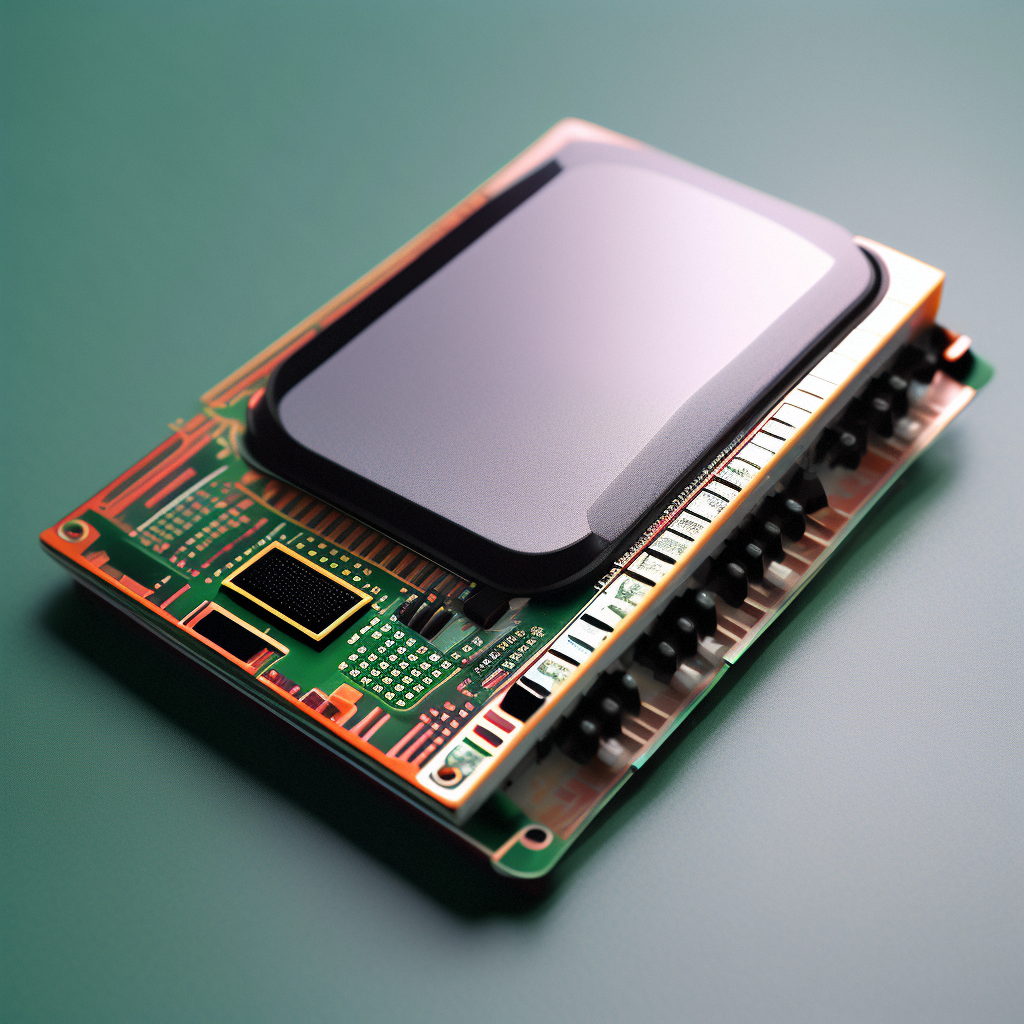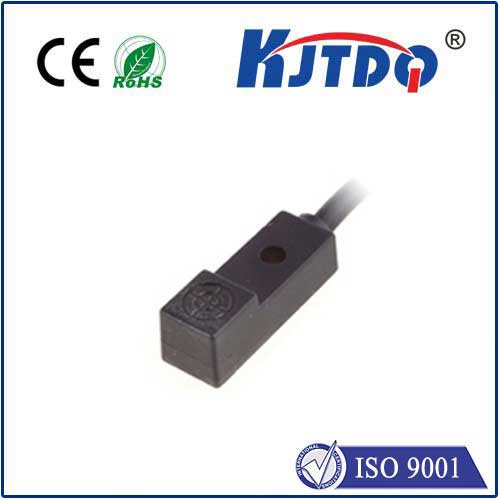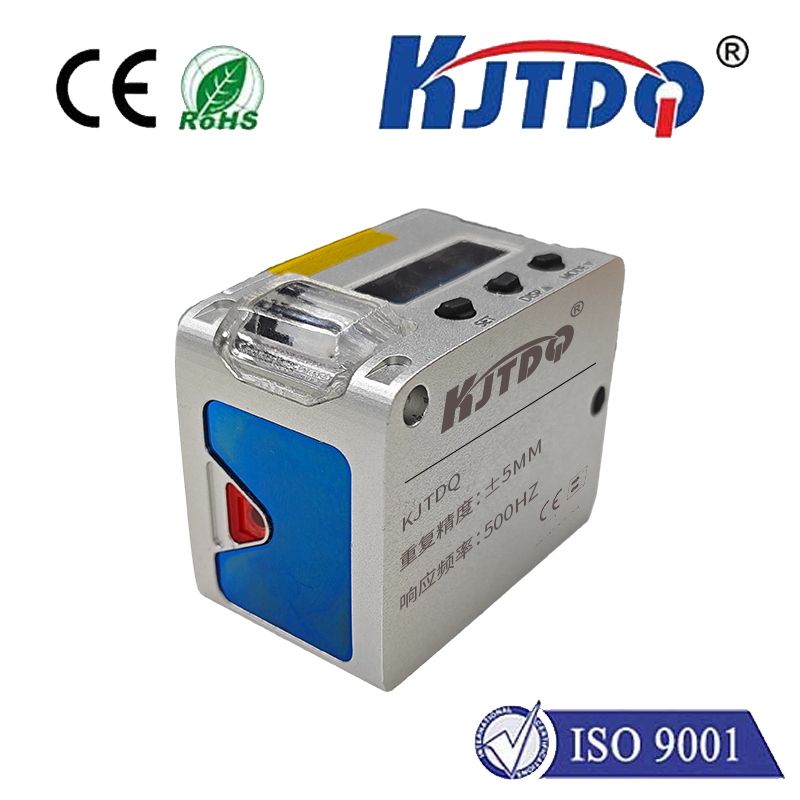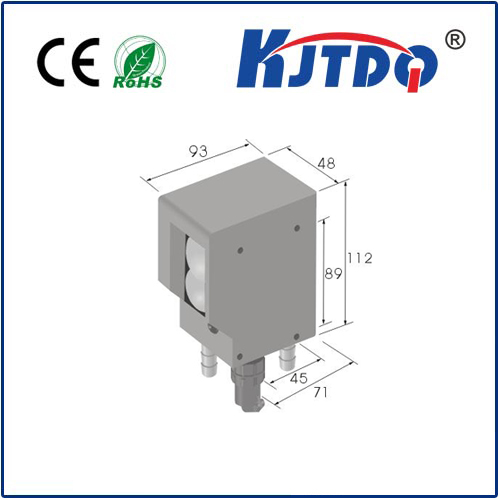

check

check

check

check
Your machines need precise control. Without reliable boundaries, chaos ensues. Imagine a robotic arm swinging wildly past its intended point, an elevator overshooting a floor, or a conveyor belt jamming because a mechanism travelled too far. Such scenarios aren’t just inefficient; they’re dangerous and costly. This is where the silent guardians of automation step in: limit switches. And among these workhorses, the Honeywell 64TX11 stands out as a remarkably robust and versatile solution for countless industrial applications. Understanding its role is key to optimizing safety and reliability in mechanical systems.
At its core, a limit switch is an electromechanical device designed to detect the presence or absence, or the movement limits, of an object. It acts like a sentry, positioned at a critical physical boundary within a machine. When an actuator (like a lever, roller, or plunger) on the switch is triggered by the moving part reaching its designated endpoint, an electrical circuit inside the switch changes state – typically opening or closing contacts. This immediate electrical signal is the crucial feedback sent back to the machine’s control system, telling it to stop, reverse direction, or initiate the next sequence of operations. It’s fundamental position sensing.
So, why does the 64TX11 model garner such consistent attention? Honeywell’s reputation for durable and dependable components provides a solid foundation. The 64TX11 embodies this, offering several key characteristics that make it a go-to choice:

Where will you find a 64TX11 limit switch diligently performing its duty? Its applications are incredibly diverse:
The benefits of integrating a reliable limit switch like the 64TX11 are substantial:
While modern proximity sensors (inductive, capacitive, photoelectric) offer non-contact detection, the 64TX11 limit switch maintains a vital role. Its core strengths lie in situations demanding a positive mechanical action as proof of position, or environments where environmental factors like dirt, grime, vibration, oils, or electromagnetic interference might challenge non-contact sensors. The tactile feedback and robust performance of a well-engineered mechanical switch are often irreplaceable. Its relatively straightforward nature also makes troubleshooting and replacement generally easier for maintenance personnel.
Selecting the right 64TX11 variant is essential. Consider the specific force required for actuation and the travel distance needed before the switch triggers. The operating environment – temperature extremes, presence of moisture, dust, or corrosive chemicals – dictates the need for specific seals or housing materials. Match the electrical load (voltage and current) to your control circuit requirements. Finally, choose the actuator style (lever, plunger, roller, wobble stick) that best interfaces with the moving part you need to detect. Honeywell typically offers detailed datasheets to aid in this selection process.
From coordinating the intricate dance of robotic assembly lines to ensuring an overhead crane halts precisely before its runway end stops, the Honeywell 64TX11 limit switch is a testament to the enduring power of robust, reliable electromechanical design. It serves as a fundamental building block for safety, precision, and efficiency in the automated world. Deciding to incorporate a dependable 64TX11 solution often translates into smoother operations, enhanced protection, and long-term operational savings. Its resilience and versatility ensure it remains a cornerstone component across a vast spectrum of industrial automation landscapes.

